On December 31, 2019, a cluster of pneumonia with unknown etiology appeared in Wuhan City, Hubei Province of China. On January 7th 2020, Chinese health authorities confirmed that this cluster was associated with a novel coronavirus, 2019-nCoV. This coronavirus, was initially named as the 2019-novel coronavirus (2019-nCoV) on January 12th 2020 by World Health Organization (WHO). WHO officially named the disease as Coronavirus disease 2019 (COVID-19) and declared COVID-19 virus outbreak a pandemic on March 11, 2020.
Since its initial reporting, the new coronavirus (SARS-CoV-2) has spread in a global outbreak. It has infected more than 2 million and nearly 160,000 deaths across more than 100 countries. With no antiviral drugs nor vaccines and the presence of asymptomatic carriers, traditional public health intervention measures are significantly less effective.
Non-pharmaceutical interventions (NPIs) are therefore essential components of the public health response to outbreaks. These include isolating ill persons, contact tracing, quarantine of exposed persons, travel restrictions, school and workplace closures, and cancellation of mass gathering events. These containment measures aim to reduce transmission, thereby delaying the timing and reducing the size of the epidemic peak, buying time for preparations in the healthcare system, and enabling the potential for vaccines and drugs to be used later on.
Recently, we have come across various COVID-19 interactive data visualization platforms. These can be powerful tools for understanding information and making data-driven decisions. Most of these visualizations have demonstrated the spread of COVID-19 pandemic, however it also becomes critical to integrate the spread of the COVID-19 with the various guidelines, advisories and policy actions that governments have undertaken in response to this pandemic. Hence an integrated platform of COVID-19 data and the policy actions is needed.
In an effort to address this gap, we introduce RAPID Tracker, a Research enabled Action oriented Policy Interventions driven by Data platform.
It is a policy informatics tool that aims to track geospatial spread of COVID-19 outbreak, and policy actions globally (Figure1). It is designed, developed and implemented using SMAART Informatics framework that facilitates transmission of data, interprets data in an evidence-based manner, and provides timely feedback to the stakeholders.
Figure1. Geospatial spread of COVID-19 outbreak and policy actions using RAPID tracker
RAPID Tracker has 4 key modules including;
- Data Module: This module gathers COVID-19 related data on total and new confirmed cases, recovered cases, and total and new fatality rates across global settings. It describes how the virus’ infection rates, recovery rates, and fatality rates are trending.
- Policy Module: Gathers information on guidelines, advisories, and the policy actions taken by various governments at different time points.
- Insights Module: Presents data into meaningful information that can help formulate data driven evidence-based interventions, programs, and policies to address the COVID-19 pandemic. Interactive spatiotemporal visualizations will be utilized to present data trends and insights related to COVID-19 on an ongoing basis.
- Digital Resource Module: Aims to be a knowledge repository of reliable and evidence-based digital resources, providing information on the COVID-19 pandemic.
Figure2. Tracking advisory and policy actions globally using RAPID tracker
RAPID tracker provides users an easy to understand information through interactive visualizations (maps, charts, graphs, and tables). Further, the tool provides multiple country dashboards, (e.g. Global, US, India and others to follow) providing users the flexibility to make comparisons of the spread of the COVID-19 outbreak across global settings. It also describes the guidelines, and the policy response of each country to address this pandemic.
We continue to gather data from publicly available sources such as CDC, WHO, Ministries of Health from various countries, and other publicly available materials.
One of the challenges that exist involves visualizations being limited by the variations in the availability of underlying data (e.g. varied by source and region).
RAPID tracker is an effort to monitor the spread of COVID-19 through use of interactive geospatial visualizations.
Ashish Joshi, PhD, MBBS, MPH Senior Associate Dean Academic and Student Affairs CUNY Graduate School of Public Health and Health Policy Email: ashish.joshi@sph.cuny.edu








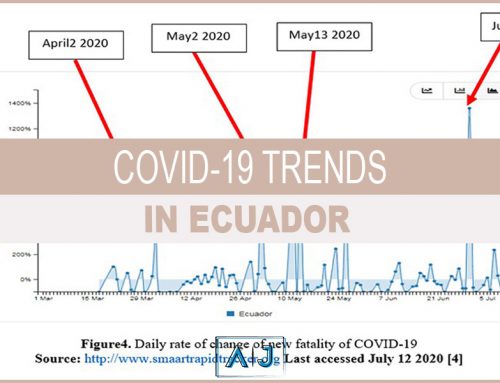
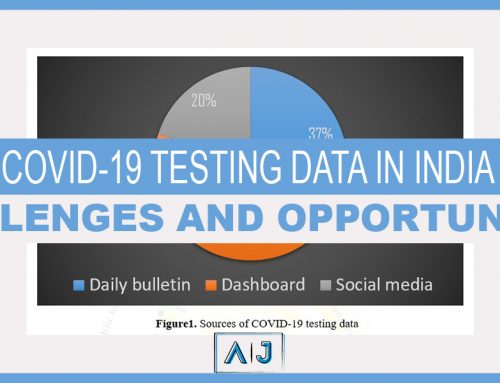
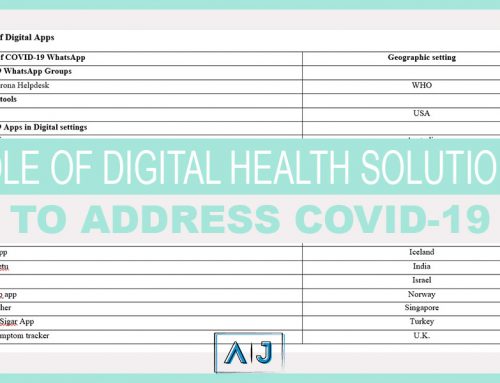
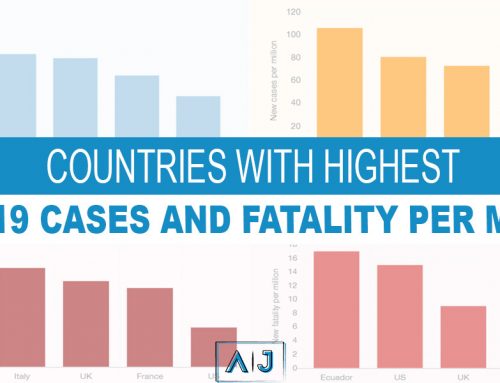
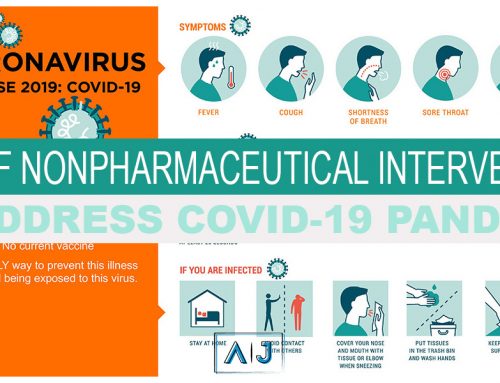
Leave A Comment